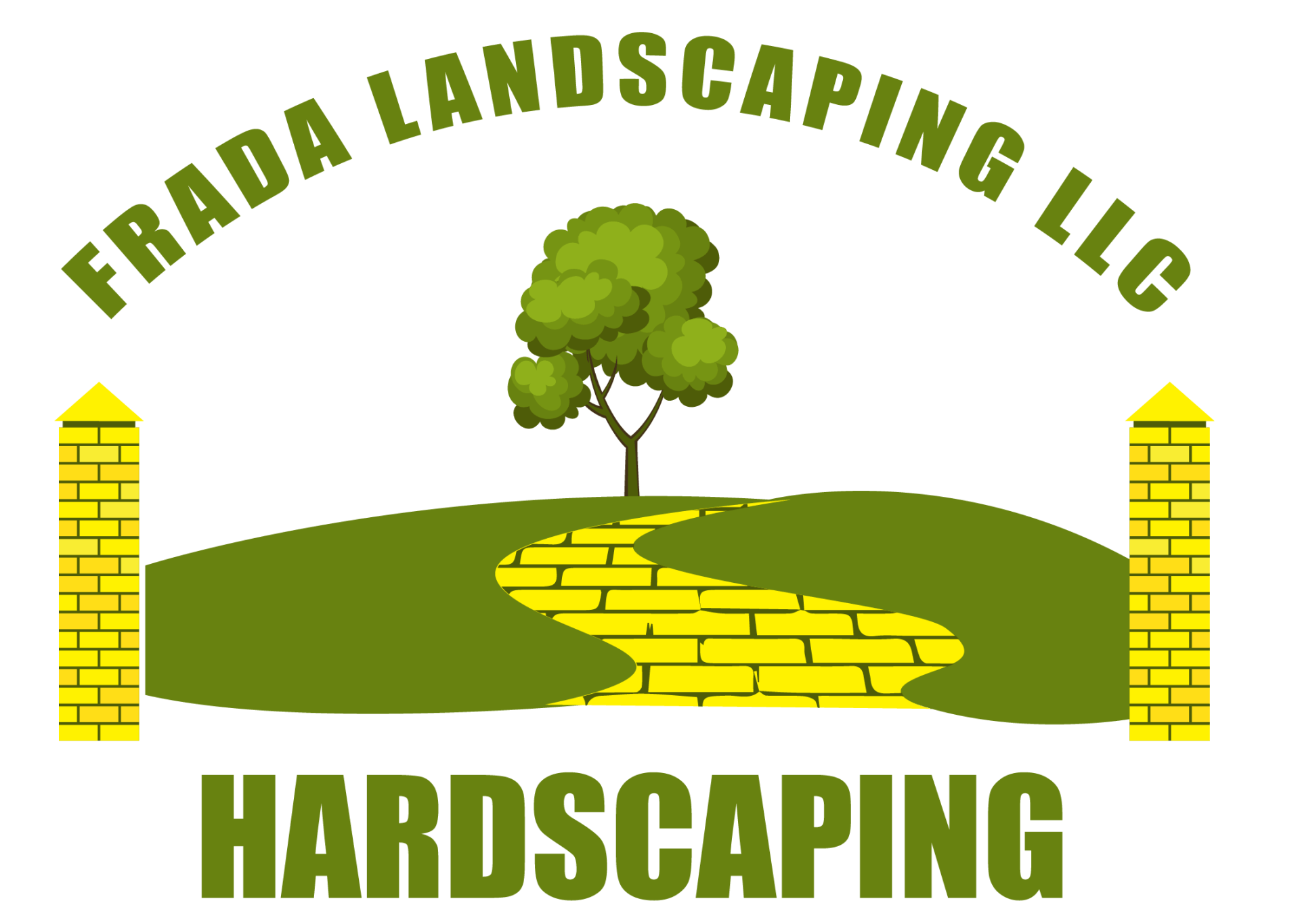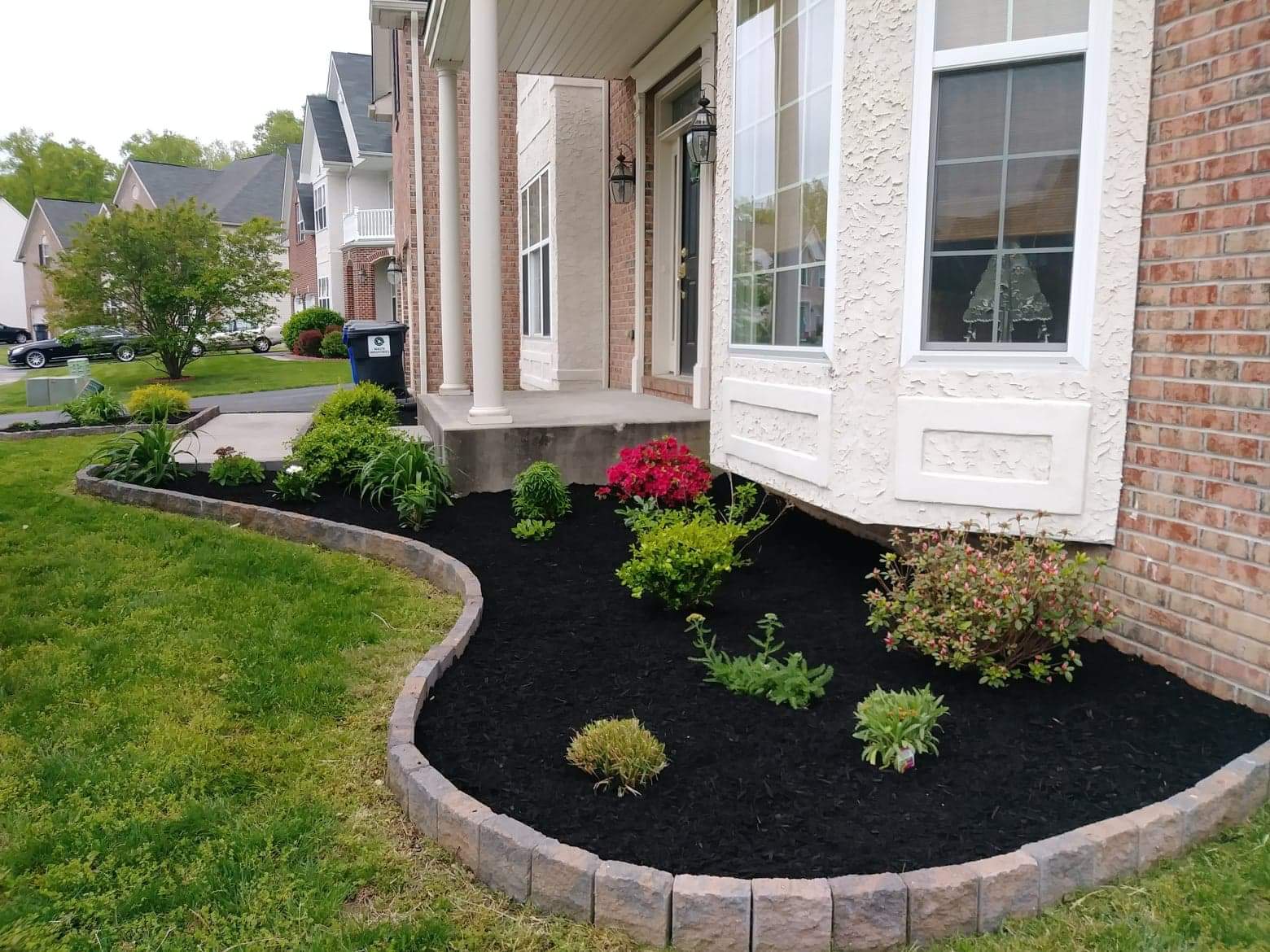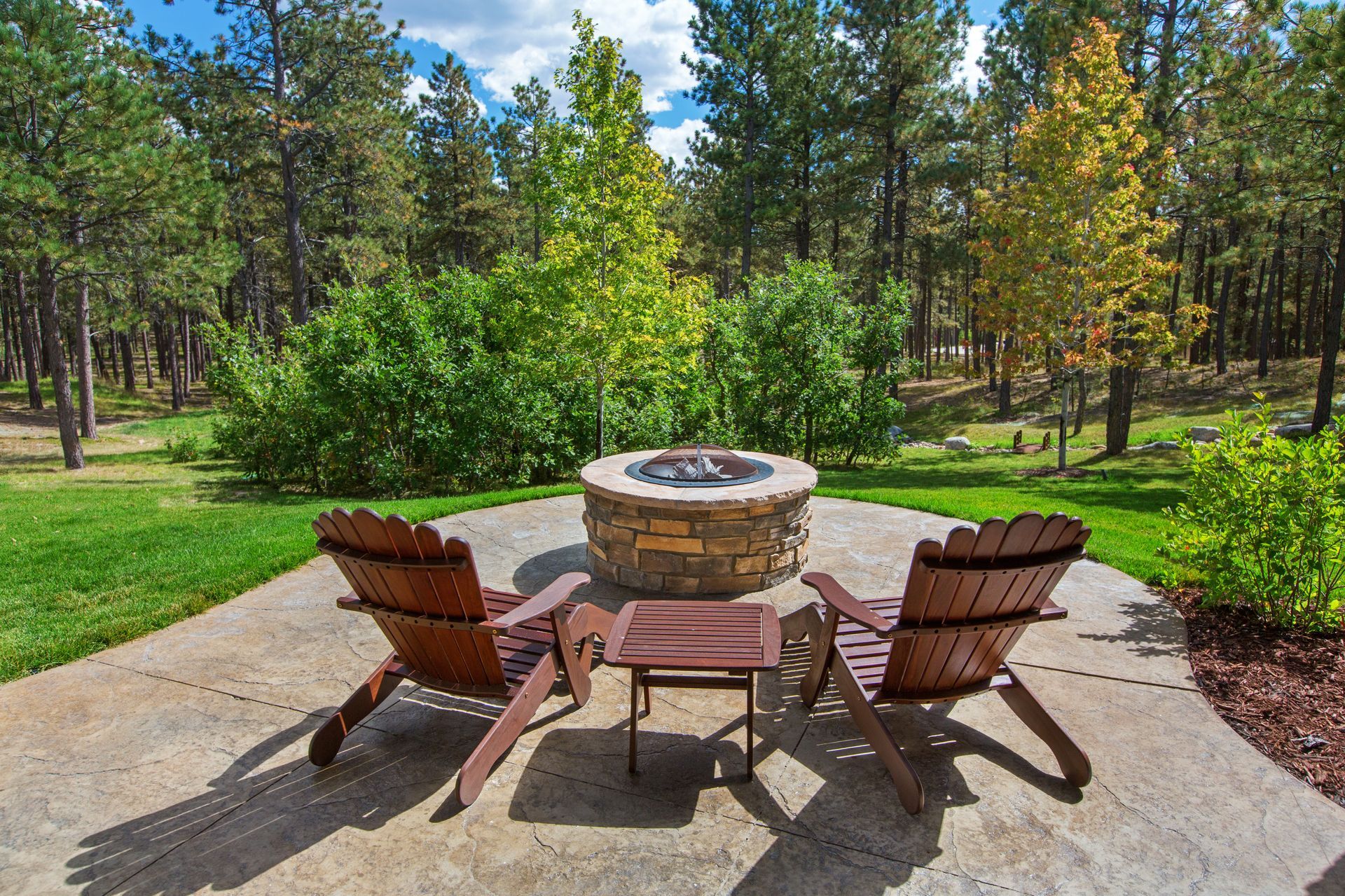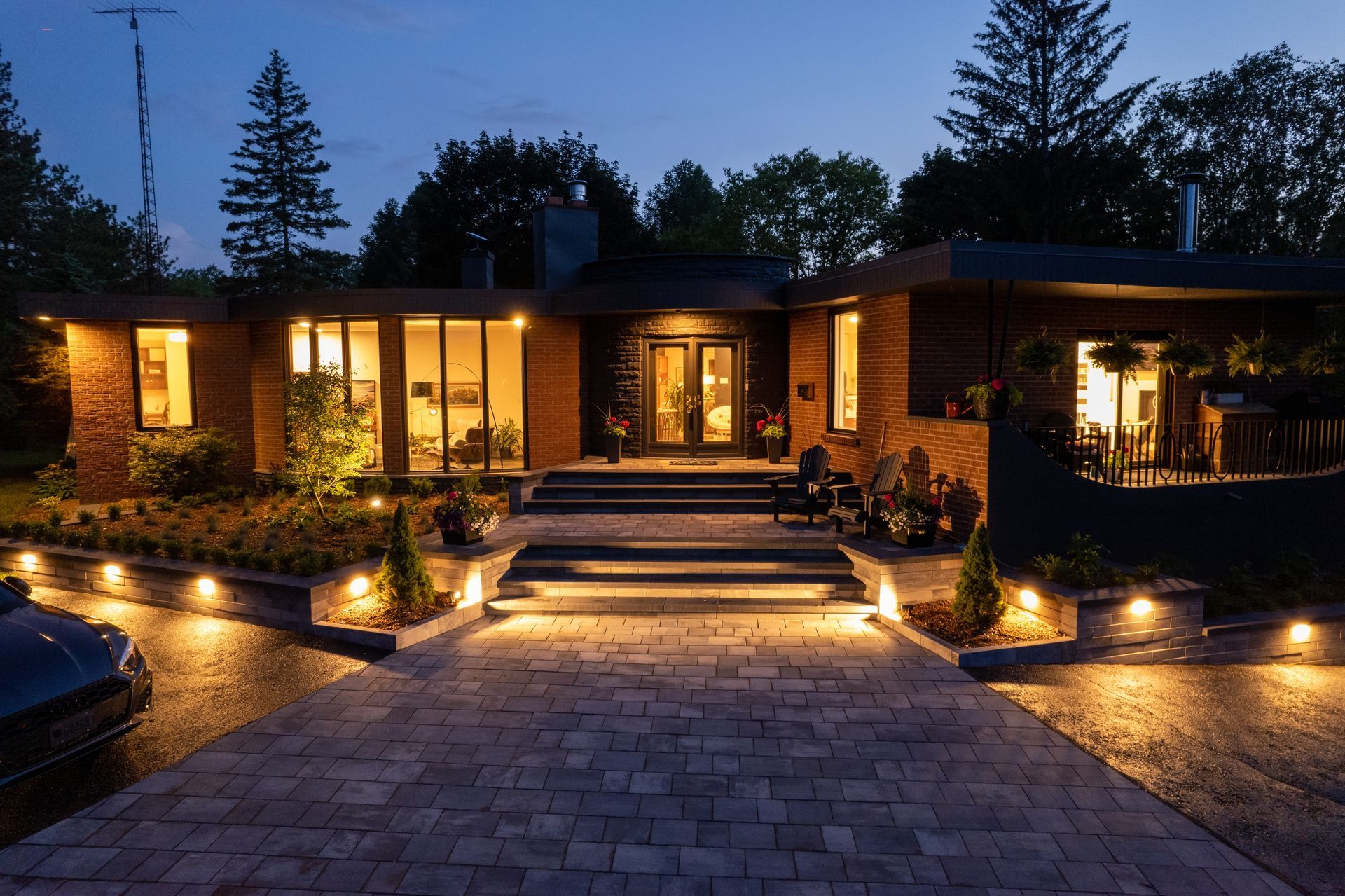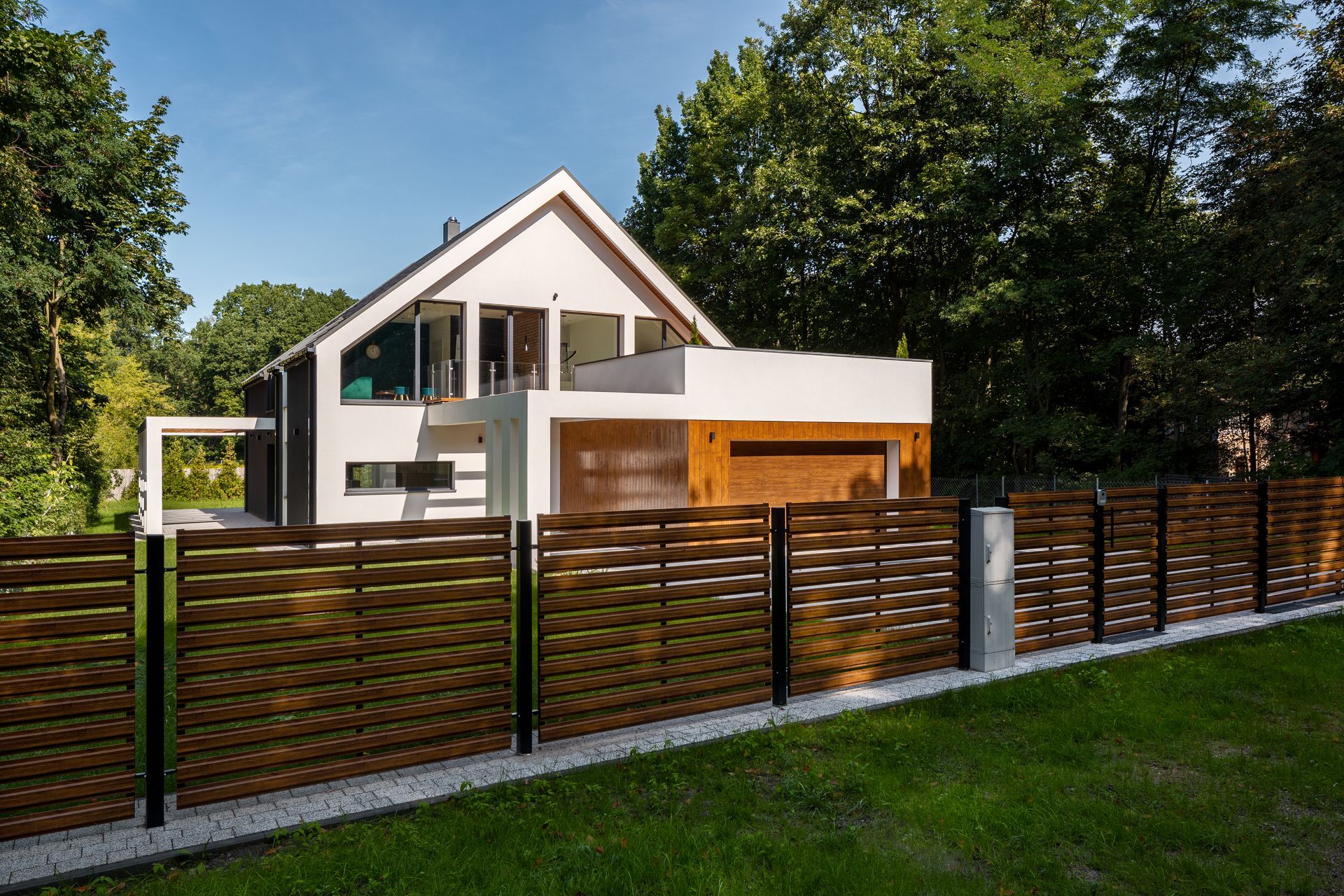EMAIL:
LOCATION:
Newark, DE 19702
Get in touch:
Complete Guide to Patio Materials & Installation: Find Your Perfect Outdoor Oasis
Designing the perfect patio is essential for enhancing your outdoor living experience and boosting your property's curb appeal. With a vast array of materials available on the market, it can be challenging to determine which option best suits your style, budget, and specific requirements. Thankfully, our comprehensive guide is here to assist you in navigating through the various patio materials and installation processes for residential and commercial properties alike.
In this article, we'll explore the different types of patio materials, including their unique benefits and potential drawbacks, along with a step-by-step guide to achieving a professionally installed and visually stunning patio. Frada Landscaping & Hardscaping is dedicated to providing valuable insights and expertise that will help you transform your outdoor space into your perfect oasis for relaxation, entertainment, and enjoyment.
1. Popular Patio Materials: An Overview
Before embarking on your patio installation journey, understanding the various patio materials available is essential. Each material offers unique benefits and limitations concerning aesthetics, durability, and maintenance. Here are some popular options to consider:
- Concrete: A versatile, affordable option that can be customized through stamping, staining, and finishing methods for a unique look.
- Pavers: Available in multiple materials, including concrete, brick, and natural stone, pavers offer a wide range of design possibilities.
- Natural Stone: A stunning, timeless option that includes bluestone, flagstone, limestone, and sandstone. Each stone type boasts its distinctive characteristics and varying price points.
- Wood: Offering a warm, natural aesthetic, wood decks are a classic choice that requires regular maintenance to preserve their appearance and durability.
2. Evaluating the Pros and Cons of Patio Materials
To make an informed decision, it's crucial to consider the advantages and drawbacks of each patio material. Here's a brief overview of the most common options:
Concrete
Pros:
- Customizable appearance
- Affordable
- Durable
- Low maintenance
Cons:
- Vulnerable to cracking in cold climates
- Can become slippery when wet
- Plain appearance if not customized
Pavers
Pros:
- Wide variety of design options
- Easy to replace individual pavers if damaged
- Resistant to shifting and cracking compared to other materials
- Natural drainage capabilities
Cons:
- Requires professional installation for best results
- Regular maintenance, including filling joints and preventing weed growth
- Potential for uneven surfaces if not correctly installed
Natural Stone
Pros:
- Timeless, elegant appearance
- Unique, natural color variations
- Highly durable
- Low maintenance
Cons:
- Expensive material and installation costs
- Potential for surface irregularities
- Some stones, such as sandstone, can be slippery when wet
Wood
Pros:
- Warm, natural aesthetic
- Compatible with uneven terrain
- Variety of wood options, such as cedar, redwood, and pressure-treated pine
Cons:
- Regular maintenance needs, including staining, sealing, and checking for rot
- Vulnerable to insect infestations and water damage
- Shorter lifespan than other patio materials
3. Steps for Installing Your Perfect Patio
Installing your dream patio may seem like a daunting process, but with careful planning and guidance, you can achieve a stunning and functional outdoor space. Here are the essential steps to ensure a successful patio installation:
Step 1: Plan Your Design and Layout
Begin by surveying your property's layout and determining the ideal location and size for your patio. Consider factors such as sun exposure, drainage, landscape features, and your property's overall aesthetic.
Step 2: Choose Your Material
Based on your design preferences, budget, and maintenance requirements, select the most suitable patio material for your needs. Consult a professional landscape designer or contractor for advice.
Step 3: Prepare the Site
Before installation, clear the area of any debris, vegetation, and obstacles. Mark the patio boundaries and excavate the site to the appropriate depth, ensuring a level surface for the base layer. Depending on the material choice, excavation depth may vary between 4 and 12 inches.
Step 4: Install the Base Layer
A solid, well-compacted base layer is crucial for patio stability and longevity. This layer typically consists of crushed gravel, sand, or a combination of the two. Compact the base layer and ensure proper grading for efficient drainage.
Step 5: Lay Patio Material
Working from one corner, start laying your chosen material according to your design plan. For materials like pavers and natural stone, use a level to maintain an even surface and ensure proper spacing between units. For wood decks, attach the joists and decking material according to the manufacturer's guidelines.
Step 6: Finishing Touches and Landscaping
Once your patio material is installed, add any necessary finishing touches, such as sealing, sanding, or staining. Additionally, incorporate your desired landscaping elements, including furniture, plantings, and lighting, to complete your outdoor oasis.
4. Hiring a Professional: Elevating Your Patio Installation
While some homeowners may attempt DIY patio installation projects, hiring a professional landscaping and hardscaping company like Frada Landscaping & Hardscaping can significantly impact the final result. Our experts possess the knowledge and experience to select and install the correct materials, anticipate potential issues, and create a seamless, polished appearance. Furthermore, professional installation can save you time and potentially reduce the risk of costly mistakes or future maintenance concerns. From design consultation to installation and finishing touches, investing in a professional's expertise ensures a beautiful, long-lasting patio you can be proud of.
In conclusion, by evaluating various patio materials' pros and cons and following a step-by-step patio installation process, you can effectively create your perfect outdoor space. Consider partnering with a professional landscaping and hardscaping company, like Frada Landscaping & Hardscaping, to elevate your patio's design and ensure its longevity, functionality, and beauty.
Transform Your Outdoor Space with Your Ideal Patio Material & Expert Installation
Creating your dream patio involves carefully considering the variety of materials available, evaluating their unique benefits and drawbacks, and following a meticulous installation process. By understanding each material's characteristics and suitability for your property's needs, you can make an informed decision that enhances your outdoor experience and adds value to your home.
From designing your patio layout to selecting the ideal materials and providing exceptional installation services, Frada Landscaping & Hardscaping stands ready to guide you through every stage of your patio creation journey. We pride ourselves on our commitment to customer satisfaction, and our goal is to breathe life into your vision, creating an outdoor space you'll cherish for years to come.
Our Recent Articles
We love what we do
contact us
Get Your Project Started.
Contact Us
We will get back to you as soon as possible.
Please try again later.
Frada Landscaping & Hardscaping services are one of the most well-respected landscapers in New Castle County.
QUICK LINKS
Powered by Mahogany Sites
